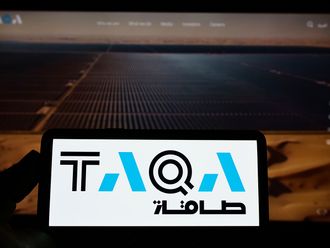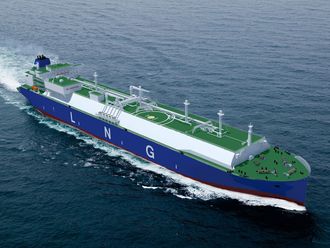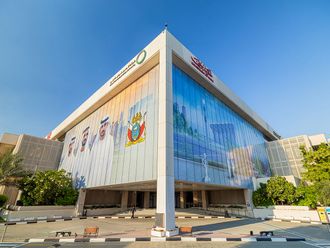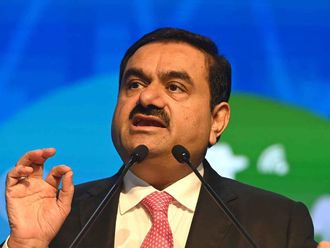Abu Dhabi: Liquefied natural gas (LNG) demand in the Middle East is expected to continue to grow over the next two years, before stabilising above 40 billion cubic metres (29.2 million metric tonnes) per year, according to forecasts from S&P Global Platts.
In 2014, the region which also includes Pakistan imported 5.9 bcm (4.3 million metric tonnes) of LNG or just under 2 per cent of the global total LNG imports.
By the end of 2016, the figure has gone up to 28.6 bcm (20.9 million metric tonnes) or 7.9 per cent of the global total.
“Over the past three years, LNG imports into the region have grown by more than 380 per cent at a time when deliveries to traditional demand centers have been relatively stagnant or in decline. The demand will continue in the coming years,” S&P Global Platts said in a special report on LNG demand in the Middle East that was shared with the media at a press conference in Abu Dhabi on Tuesday.
According to the report, Egypt is expected to remain the largest importer of LNG in the region over the next two years, after which domestic gas supplies from Zohr and other smaller gasfields are set to displace much of the demand for LNG.
Imports into the UAE are also expected to continue to increase with the delivery of the country’s second Floating Storage and Regasification Unit (FSRU) to Abu Dhabi in 2016 and a third import terminal set to be installed in the emirate of Sharjah in mid-2018.
The UAE mainly imports gas to generate electricity from Qatar through the Dolphin energy pipeline. Dolphin Energy was established by Abu Dhabi government in 1999 and has been implementing Dolphin gas project since 2007.
Apart from importing gas, the UAE is also focusing developing its own gasfields with the commissioning of Al Hosn sour gas project in 2015 with a production capacity of one billion cubic feet per day.
The report also said that Bahrain will be the next Middle Eastern country to enter the LNG market with a planned 8.2 bcm per year capacity FSRU to come online in July 2018. Kuwait is also expected to complete an onshore regasification terminal by 2020.
“LNG industry is going through something it never been through before which is 50 per cent increase in global LNG supply growth in the space of just five years from 2015 to 2020,” said Marc Howson, senior managing editor at S&P Global Platts.
He said new LNG supply hitting the market in the next few years specially the arrival of the US Gulf coast LNG exports which is ramping up to 70 million tonnes by 2020 will be something of a game changer.
The Middle East, traditionally associated with large scale LNG exports, has become one of the fastest growing demand centers for commodity, he added.












